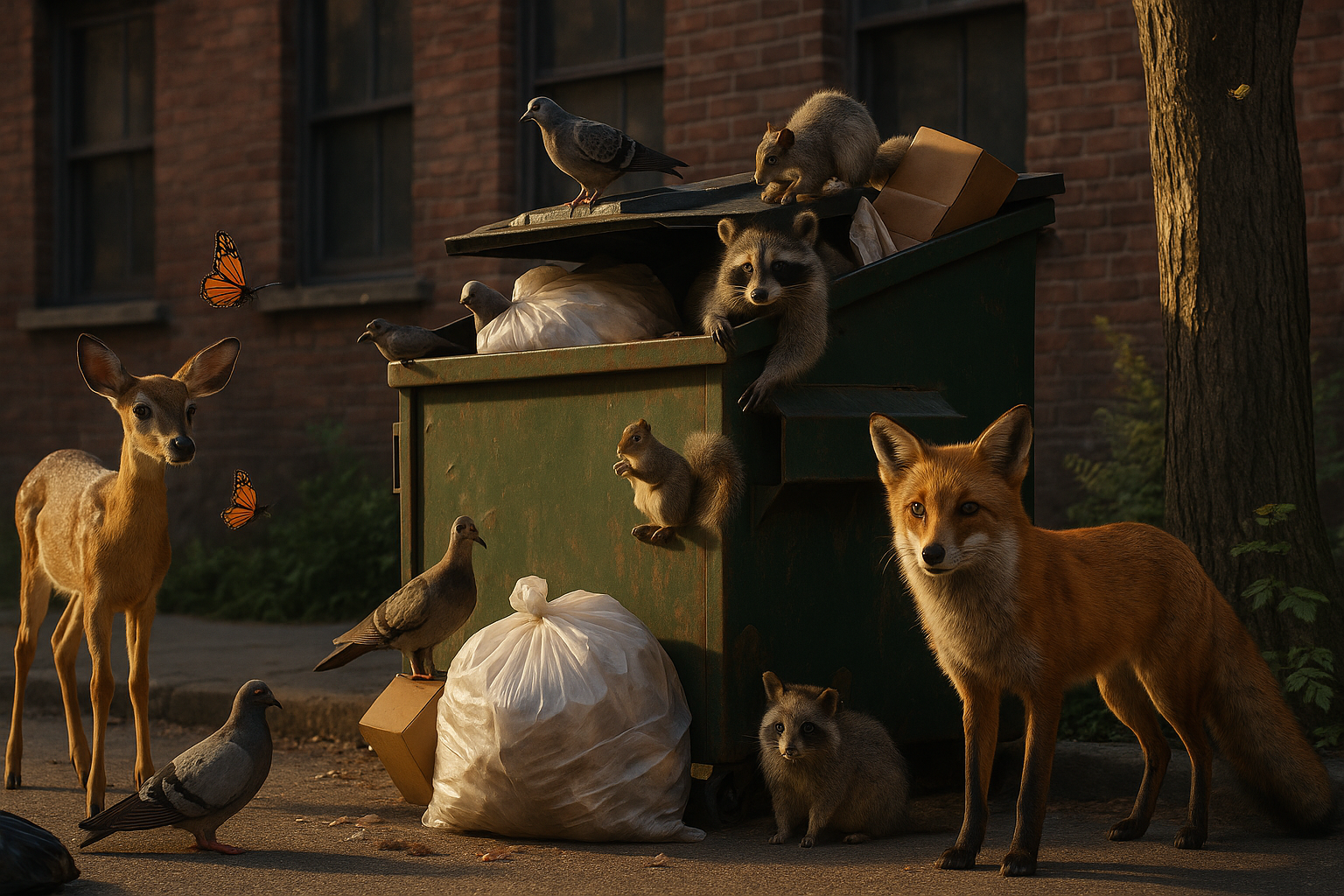Animal Remover: The Role of Humane Wildlife Control in Urban Environments
Wildlife plays a critical role in maintaining the balance of our ecosystems. However, as human development continues to expand, encounters with animals like raccoons, squirrels, bats, and birds in urban settings are becoming increasingly common. In such scenarios, an animal remover steps in to provide crucial assistance. But what exactly does an animal remover do? Let’s delve into the world of humane wildlife control and understand its significance.

Wildlife Control in Urban Areas: Understanding the Growing Challenge
Urban wildlife control has become increasingly complex as cities expand into natural habitats. Common urban wildlife includes foxes in gardens, squirrels in lofts, bats in roof spaces, and various bird species nesting in inappropriate locations. These animals often cause property damage, create health concerns, and pose safety risks to residents.
Professional wildlife control services address these challenges through systematic approaches that consider both immediate property protection and long-term wildlife management. Urban environments present unique obstacles, including limited space for relocation, proximity to human populations, and complex building structures that provide numerous entry points for wildlife.
Effective urban wildlife control requires understanding animal behaviour patterns, seasonal migration trends, and the specific challenges each species presents in built environments. This knowledge enables professionals to develop targeted strategies that address root causes rather than merely treating symptoms.
Professional Animal Removal Explained: Methods and Approaches
Professional animal removal involves trained specialists who assess wildlife situations, implement appropriate removal strategies, and provide preventative measures to avoid future infestations. These professionals understand wildlife behaviour, local regulations, and safe handling procedures for various species.
The process typically begins with thorough property inspections to identify entry points, assess damage, and determine the extent of wildlife presence. Professionals then develop customised removal plans based on the specific species involved, property layout, and local wildlife protection laws.
Modern animal removal services employ various techniques, including live trapping, exclusion barriers, and habitat modification. These methods prioritise animal welfare while effectively addressing property concerns. Professional services also provide documentation and follow-up inspections to ensure complete resolution of wildlife issues.
Humane Techniques for Wildlife: Ethical and Effective Solutions
Humane wildlife removal focuses on methods that minimise stress and harm to animals while effectively addressing human-wildlife conflicts. These techniques include live trapping systems that safely capture animals without injury, allowing for relocation to appropriate habitats.
One-way exclusion devices represent another humane approach, allowing animals to leave properties naturally while preventing re-entry. These devices are particularly effective for species like bats and squirrels that may have dependent young in nesting areas.
Habitat modification involves making environments less attractive to wildlife through strategic changes such as removing food sources, blocking access points, and altering shelter opportunities. This approach addresses underlying factors that attract wildlife to properties, providing long-term solutions without direct animal handling.
Keeping Your Home Safe from Wildlife: Prevention and Protection
Protecting homes from wildlife requires proactive measures that address potential entry points and attractants. Common vulnerabilities include gaps in roofing, damaged vents, unsealed crawl spaces, and accessible food sources such as pet food or unsecured rubbish bins.
Regular property maintenance plays a crucial role in wildlife prevention. This includes inspecting and repairing roof damage, installing mesh screens over vents and chimneys, and maintaining proper drainage to avoid creating attractive water sources for wildlife.
Landscaping choices significantly impact wildlife attraction to properties. Removing dense vegetation near buildings, securing compost areas, and eliminating bird feeders during problem periods can reduce wildlife interest in residential areas. Professional assessment can identify specific vulnerabilities and recommend targeted protective measures.
Why You Need a Wildlife Specialist: Professional Expertise Benefits
Wildlife specialists possess specialised knowledge that enables safe, effective, and legal wildlife management. Many wildlife species are protected under conservation laws, requiring specific handling procedures and documentation that untrained individuals cannot properly manage.
Professional wildlife specialists understand animal behaviour patterns, enabling them to predict movement and implement more effective removal strategies. They also possess proper equipment and safety training to handle potentially dangerous situations involving wild animals that may carry diseases or exhibit aggressive behaviour when cornered.
Additionally, wildlife specialists provide comprehensive solutions that address both immediate wildlife issues and future prevention. Their expertise ensures that removal efforts comply with local regulations while minimising risks to both humans and animals involved in the process.
| Service Provider | Services Offered | Average Cost Range |
|---|---|---|
| Pest Control Companies | Basic wildlife removal, exclusion | £150-£400 per visit |
| Specialist Wildlife Services | Comprehensive removal, prevention, follow-up | £200-£800 per project |
| Local Council Services | Limited wildlife assistance | £50-£200 (where available) |
| RSPCA/Wildlife Charities | Emergency wildlife rescue | Donation-based or free |
Prices, rates, or cost estimates mentioned in this article are based on the latest available information but may change over time. Independent research is advised before making financial decisions.
Urban wildlife control represents an essential service that balances human safety and property protection with animal welfare considerations. As cities continue to expand and wildlife habitats face increasing pressure, professional animal removal services provide crucial expertise in managing these complex interactions. Through humane techniques, preventative measures, and specialized knowledge, wildlife control professionals help create sustainable solutions that benefit both urban communities and the wildlife populations that share these environments.




